UN Blog: Somalia’s Tough Journey to Progress – Going from ‘Failed State’ to Hope
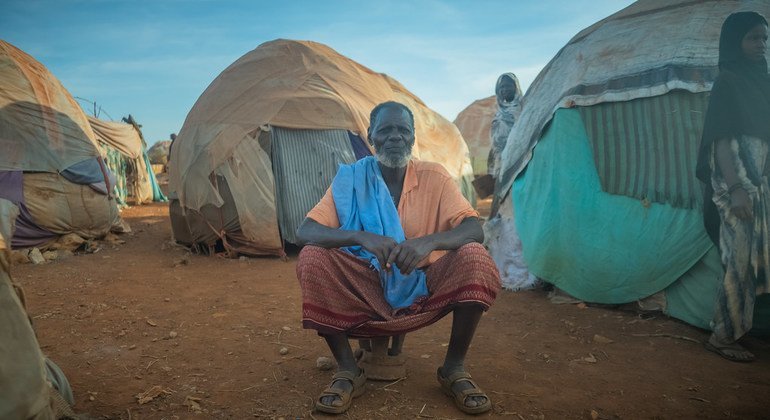 Somalia has been riven by decades of conflict and extreme weather events but, says Adam Abdelmoula, the UN Resident and Humanitarian Coordinator in the country, there are signs of progress amidst a host of ongoing challenges.
Somalia has been riven by decades of conflict and extreme weather events but, says Adam Abdelmoula, the UN Resident and Humanitarian Coordinator in the country, there are signs of progress amidst a host of ongoing challenges.
“I arrived in Somalia in September 2019, two decades after having worked here previously. I knew that I was taking up a challenging assignment, but I was also looking forward to seeing Somalia’s progress
Afflicted by decades of conflict, recurrent climatic shocks, disease outbreaks and poverty, Somalia was often called a ‘failed state.’ The narrative is now changing and, although fragile, Somalia is on a path to stability, and the resilience of the Somali people is second to none.
That said, we are not under any illusion: significant challenges remain, and we must work even harder to preserve the gains made to date. Somalia’s upward trajectory is evident in the construction boom: as one analyst noted, the sound of the hammer is replacing the sound of gunfire in Somalia’s capital.
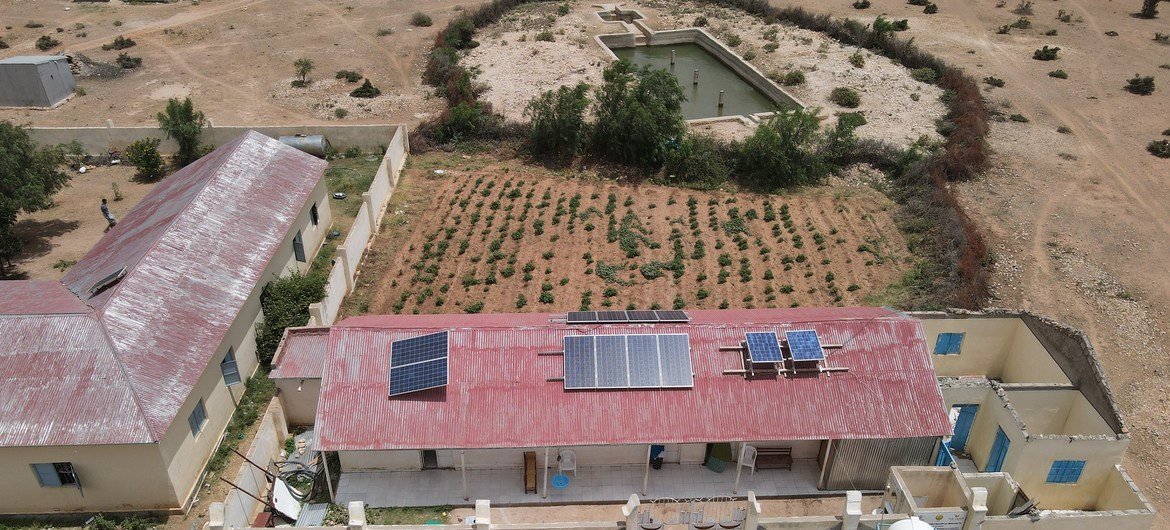
UNDP/Said Fadheye
Aerial shot of Caramadow Town, Somalia.
Six decades of UN support
The UN has been closely supporting the Somali people since the birth of the Republic in 1960. Currently, the UN’s various mandates are implemented through 26 Agencies, Funds and Programmes (both resident and non-resident), a political mission (the UN Assistance Mission to Somalia, UNSOM) and a logistical support mission (the UN Support Mission to Somalia, UNSOS).
At the height of the COVID-19 pandemic, the UN marshalled support to help the Somali government respond to the virus outbreak. We continue to support the Somali authorities in seeking to defeat this pandemic and encouraging people to get vaccinated.
Elections are also on-going in Somalia. The UN is supporting the process to ensure that they are held in a peaceful and transparent manner, while at the same time advocating for a 30 per cent quota of women in the Somali legislature.
Long-standing challenges
While these are encouraging signs of progress, we must not forget Somalia’s long-standing challenges. According to UN’s projections for next year, an estimated 7.7 million Somalis (nearly half of the country’s population) will require humanitarian assistance and protection, and women and children continue to bear the brunt of Somalia’s complex humanitarian crises, especially among the internally displaced communities.
In light of the current serious droughts, the Somali government declared a humanitarian state of emergency on 23 November. Nevertheless, neither the government nor the humanitarian community has adequate resources to respond. With one month remaining in the year, the 2021 Humanitarian Response Plan, which seeks US$1.09 billion, remains only 70 per cent funded.
Additional resources are urgently needed to prevent an already dire humanitarian situation from becoming a catastrophe, so we continue to engage partners on this subject. In this regard, I undertook missions to Europe in October and to the Gulf in September.
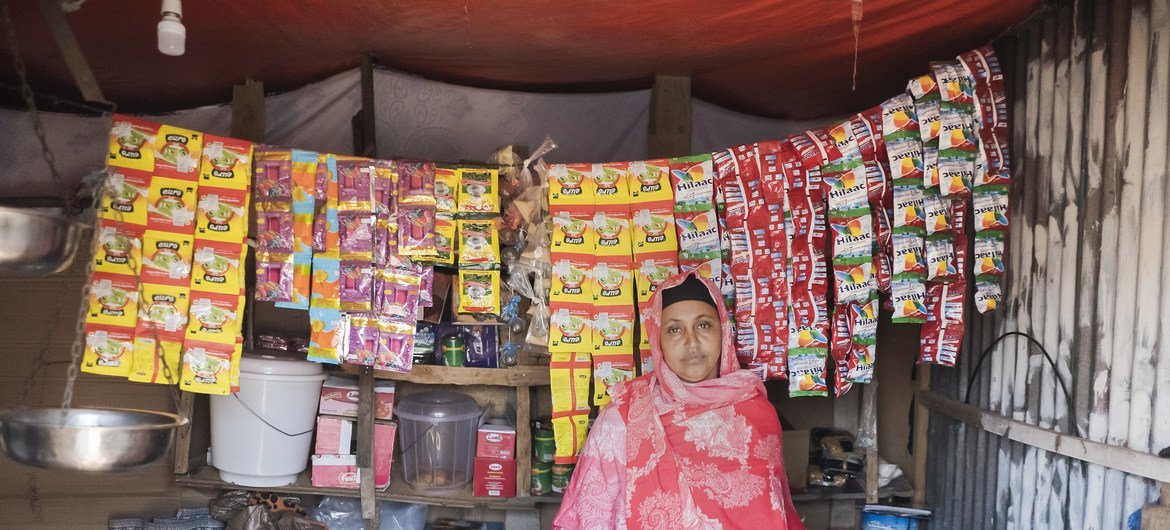
UNDP/Said Fadhaye
Sada, a livestock trader in her shop in the Digaale displaced persons camp in Hargeisa, Somalia.
Throughout my interactions with partners, I stressed the need for additional funding to address Somalia’s escalating humanitarian crisis, and elaborated on how inaction not only risks a reversal of the gains but puts the lives of millions of Somalis in jeopardy.
During my field visits in Somalia, I have also seen first-hand the grim realities of adverse climate conditions: Somalia is no doubt on the frontline of climate change.
The recurrent droughts and floods are driving widespread displacement, rapid urbanization, hunger, malnutrition and poverty. Climate change is also increasingly seen as the driver of conflict and a threat to the country’s security, as the struggle over meagre resources deepens divisions.
In addition, the loss of traditional livelihoods makes people vulnerable to recruitment by armed groups such as Al-Shabaab. Somalia is currently experiencing a third consecutive season of below-average rainfall, with nearly 80 per cent of the country experiencing drought conditions, water shortages and livestock deaths, and one in five Somalis does not have enough water to cover their basic needs.
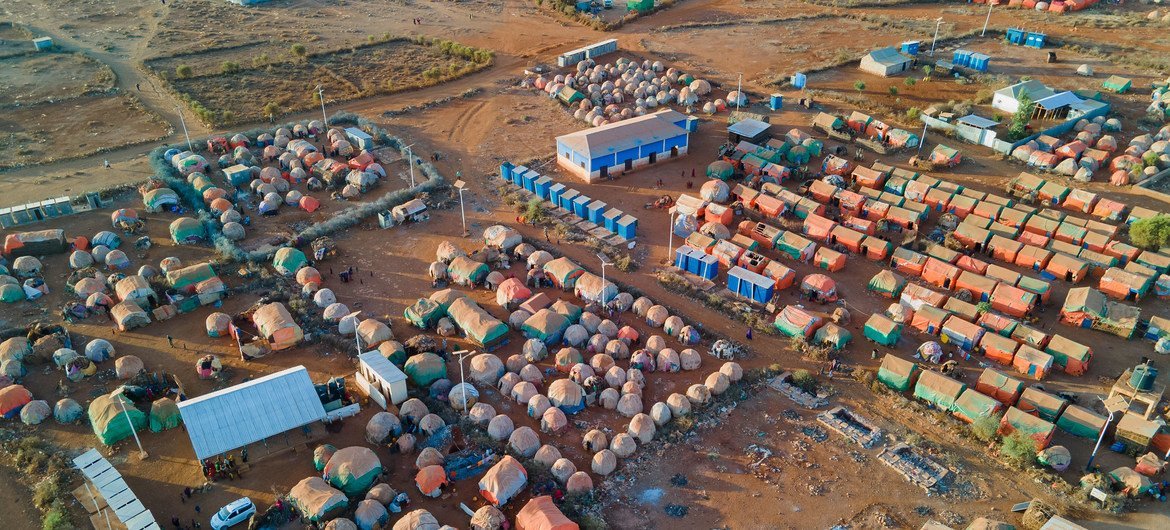
UNDP/Said Fadheye
An internally displaced persons (IDPs) camp in Baidao, Somalia.
‘We must not fail the people’
On a positive note, as part of the efforts to mitigate the climate emergency, the government, with the support of the United Nations, have recently adopted an ambitious Nationally Determined Contribution to achieve global climate targets, with Somalia committing to reduce its greenhouse gas emissions by 30 per cent by 2030.
Somalia’s crises are multifaceted, and they require comprehensive solutions from all stakeholders. It is our collective responsibility to support the efforts of the Somali people to cope with these crises and find lasting solutions that build resilience against future shocks. We must not fail the people we pledged to serve.”
Elliot is an award-winning journalist passionate about international affairs and humanitarian causes. Elliot has covered stories from conflict zones and areas devastated by disasters, highlighting critical global issues.


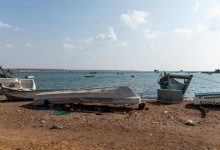
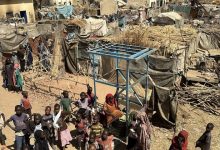
“I arrived in Somalia in September 2019, two decades after having worked here previously. I knew that I was taking up a challenging assignment, but I was also looking forward to seeing Somalia’s progress
Afflicted by decades of conflict, recurrent climatic shocks, disease outbreaks and poverty, Somalia was often called a ‘failed state.’ The narrative is now changing, and although fragile, Somalia is on a path to stability, and the resilience of the Somali people is second to none.
That said, we are not under any illusion: significant challenges remain, and we must work even harder to preserve the gains made to date. Somalia’s upward trajectory is evident in the construction boom: as one analyst noted, the sound of the hammer is replacing the sound of gunfire in Somalia’s capital.”
Is Somalia really on the path to stability despite the ongoing challenges mentioned by Adam Abdelmoula?
Yes, Somalia is indeed making strides towards stability despite the numerous challenges highlighted by Adam Abdelmoula. The journey may be tough, but the signs of progress are undeniable. It’s crucial to acknowledge the resilience of the Somali people and the positive changes taking place. Let’s continue to work together to support Somalia’s upward trajectory.
Is the progress in Somalia sustainable amidst the ongoing challenges mentioned in the article?
Yes, the progress in Somalia is sustainable despite the ongoing challenges mentioned in the article. The resilience of the Somali people is remarkable, and coupled with the support of the UN and international community, Somalia is on a positive trajectory towards stability. While there are significant hurdles to overcome, the construction boom and shift from conflict to development activities symbolize the hope and determination of the nation. Continued efforts and cooperation will be key in sustaining and furthering this progress.
“I arrived in Somalia in September 2019, two decades after having worked here previously. I knew that I was taking up a challenging assignment, but I was also looking forward to seeing Somalia’s progress. Afflicted by decades of conflict, recurrent climatic shocks, disease outbreaks and poverty, Somalia was often called a ‘failed state.’ The narrative is now changing and, although fragile, Somalia is on a path to stability, and the resilience of the Somali people is second to none. That said, we are not under any illusion: significant challenges remain, and we must work even harder to preserve the gains made to date. Somalia’s upward trajectory is evident in the construction boom: as one analyst noted, the sound of the hammer is replacing the sound of gunfire in Somalia’s capital.”
Is the progress in Somalia sustainable considering the ongoing challenges mentioned in the article?
EmilyAnderson, thank you for your question. The progress we are witnessing in Somalia is indeed a testament to the resilience and determination of the Somali people. While the challenges are significant, the positive trajectory is a result of collective efforts and strategic interventions. It is vital that we continue to address the obstacles and build on the gains achieved to ensure a sustainable path towards stability and prosperity.
As an experienced journalist in the region, I believe Somalia’s journey to progress is commendable. The challenges they have faced are immense, but the resilience of the Somali people is truly inspiring. It’s heartening to see signs of stability and development in a country that has endured so much. The UN’s continued support is crucial for sustaining this positive momentum.
“I arrived in Somalia in September 2019, two decades after having worked here previously. I knew that I was taking up a challenging assignment, but I was also looking forward to seeing Somalia’s progress. Afflicted by decades of conflict, recurrent climatic shocks, disease outbreaks and poverty, Somalia was often called a ‘failed state.’ The narrative is now changing and, although fragile, Somalia is on a path to stability, and the resilience of the Somali people is second to none. That said, we are not under any illusion: significant challenges remain, and we must work even harder to preserve the gains made to date. Somalia’s upward trajectory is evident in the construction boom: as one analyst noted, the sound of the hammer is replacing the sound of gunfire in Somalia’s capital.”
As Ava Smith, I believe Somalia is no longer a ‘failed state’; instead, it is gradually moving towards stability and progress. Despite the challenges it faces, the resilience of the Somali people shines through. The construction boom in the capital is a tangible sign of positive change, where the sound of hammers now drowns out the gunfire. UN’s six decades of support have played a crucial role in this transformation.
“I arrived in Somalia in September 2019, two decades after having worked here previously. I knew that I was taking up a challenging assignment, but I was also looking forward to seeing Somalia’s progress. Afflicted by decades of conflict, recurrent climatic shocks, disease outbreaks and poverty, Somalia was often called a ‘failed state.’ The narrative is now changing, and, although fragile, Somalia is on a path to stability, and the resilience of the Somali people is second to none. That said, we are not under any illusion: significant challenges remain, and we must work even harder to preserve the gains made to date. Somalia’s upward trajectory is evident in the construction boom: as one analyst noted, the sound of the hammer is replacing the sound of gunfire in Somalia’s capital.”
“I believe Somalia is gradually overcoming its challenges and moving towards stability. It’s truly inspiring to witness the resilience of the Somali people amidst all the hardships they have faced. The construction developments in the country are a clear sign of progress, showing that the narrative of a ‘failed state’ is transforming. However, we must acknowledge the remaining obstacles and continue to work diligently to sustain the positive changes achieved so far.”